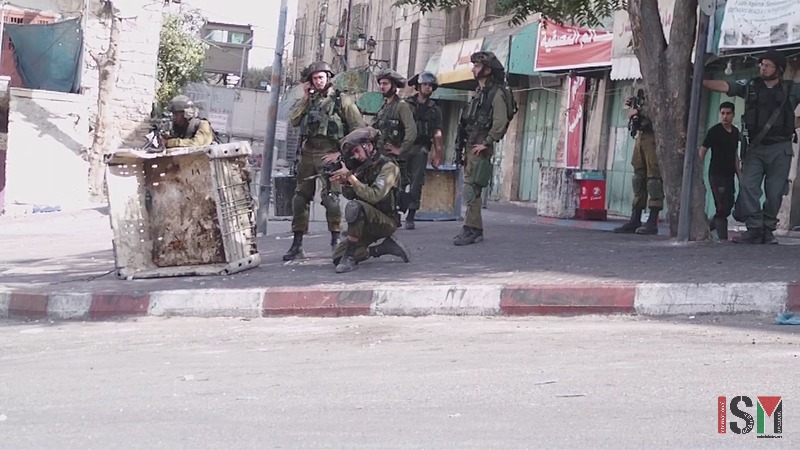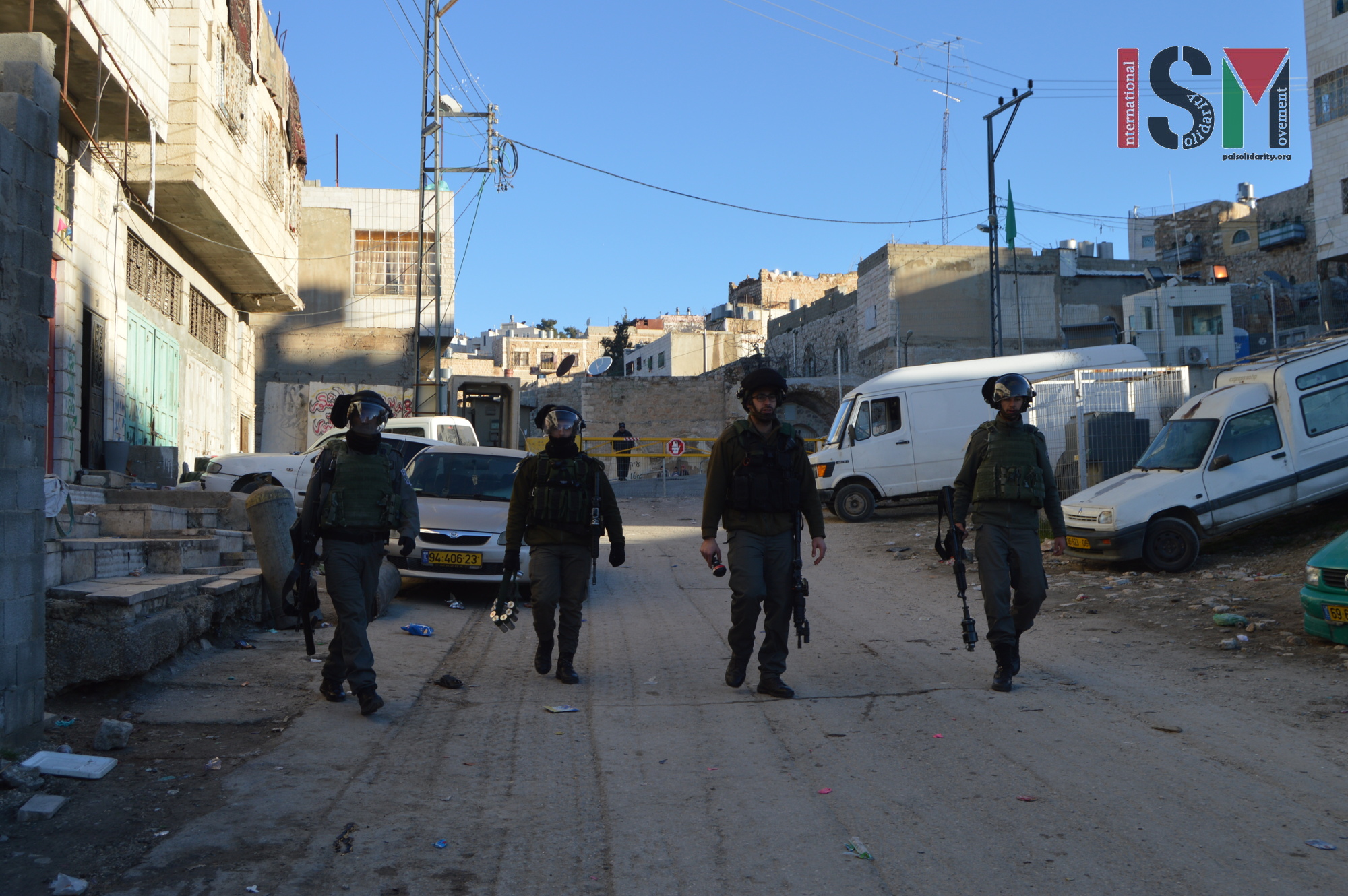Category: Hebron
-
International politicians demand investigation of the assassinations of Palestinians. Please support!
30th January 2016 | International Solidarity Movement, al-Khalil team | Hebron, occupied Palestine More than four month ago, 24th September 2015, at the very start of the current escalation of violence, human rights group Amnesty International demanded a proper investigation in the execution of Hadeel al-Hashlamon at Shuhada checkpoint in occupied al-Khalil (Hebron) on 22nd…
-
Intimidation through nightly ‘settler-tour’
31st January 2016 | International Solidarity Movement, al-Khalil team | Hebron, occupied Palestine On Saturday, 30th January 2016, large groups of settlers, accompanied by heavily-armed soldiers, entered the Palestinian market at night and took it over for about an hour during night-time in occupied al-Khalil (Hebron). Around 9:30 pm, Israeli settlers from the illegal settlements…
-
Daily violence on the way to school
31st January 2016 | International Solidarity Movement, al-Khalil team | Hebron, occupied Palestine On Sunday, 31st January 2016, Israeli forces fired large amounts of tear gas at school-children on their way to school in occupied al-Khalil (Hebron). In the early morning, as children were walking to their schools located past the Salaymeh checkpoint, three school-boys…



